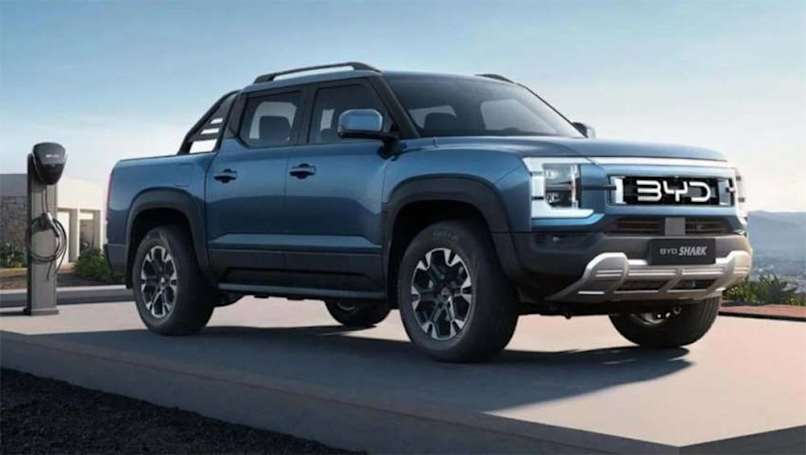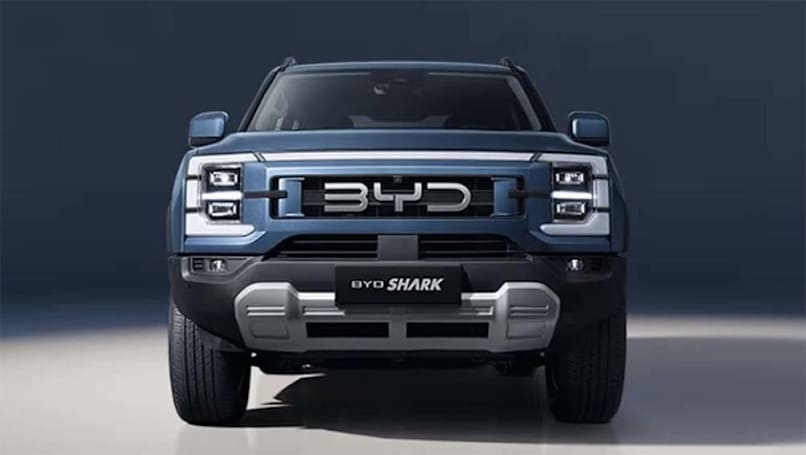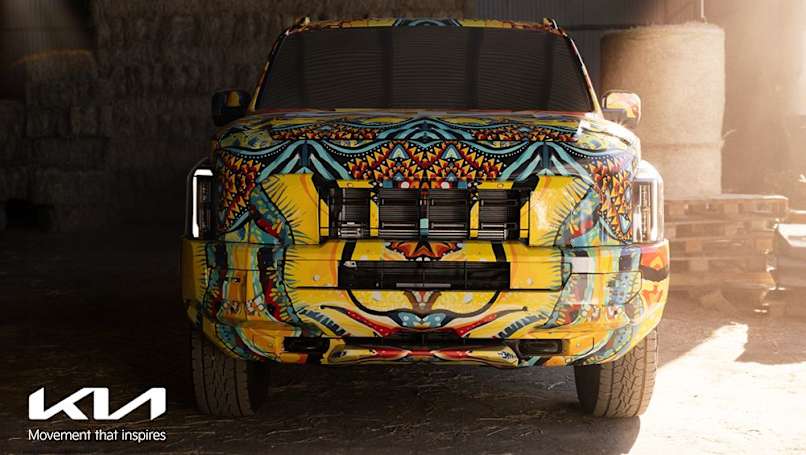
2025 BYD Shark 6 sales scrutinised as rival Kia Tasman ute and plug-in hybrid Ford Ranger PHEV and GWM Cannon Alpha launches loom
BYD Shark 6 fever has well and truly swept over the country, but is it all as...
Browse over 9,000 car reviews

Kia has made no secret that it has high hopes for its upcoming Tasman ute, targeting more than 20,000 annual sales. BYD has declared its upcoming dual-cab (expected to be called Shark) will have “best-in-class” attributes.
But what chance does either have against the dual juggernauts of the Ford Ranger and Toyota HiLux. Not only are these two long-running utes the most popular in the segment, they’re the best-selling new vehicles in the country. These are literally Australia’s favourites, so de-throning them, or even stealing a small percentage of sales, will be a herculean task.
Let's take a look at the numbers and see where things stand within the ute segment and how realistic Kia’s sales ambitions are. Utes have never been more popular, so it’s understandable that Kia and BYD are jumping in, but with 2023 sales reaching 239,399 total units, it’s hard to foresee too much more room for growth.
Utes accounted for almost 20 per cent (19.6%) of all vehicles sold in 2023 and it’s unrealistic to think that more than one in five people need or will buy a new ute, so let’s assume sales will remain in the region of 200-250,000 per annum.
So, what are the chances that Kia can hit its target of 20,000 a year? Well, the odds are against the South Korean company, of the 19 utes on sale in Australia last year, only three managed to hit Kia’s goal - the Ranger, the HiLux and the Isuzu D-Max.
Long-running nameplates including the Mazda BT-50, Mitsubishi Triton and Nissan Navara all failed to reach the 20k mark. Which suggests Kia will be up against it to achieve its publicly stated aim, but there is some grounds for hope… but more on that in a moment.

As for BYD, it will face a tougher task, as it'll arrive with plug-in hybrid power, something that has yet to win over ute buyers.
But it has an ace up it sleeve. That plug-in hybrid set-up endows it with 320kW and 650Nm. That makes it more powerful than a Ram 1500 powered by a Hemi V8. BYD claims it can sprint from 0-100km/h in 5.7 seconds, which makes it faster than the Ford Ranger Raptor.
The Shark faces the same issue Kia, though, with Australian ute buyers overwhelming buying Japanese products, as demonstrated by the success of HiLux, BT-50 and Triton. Volkswagen’s Amarok notched just 6626 sales in 2023, while the best-selling Chinese brand ute was the GWM Ute, with 9616 sales.

Like I said, though, it’s not all doom and gloom for either of these two newcomers. Kia is a brand on the rise, overtaking parent brand Hyundai on the sales charts and setting its sights on Ford and Mazda ahead of it. Mazda is, perhaps unsurprisingly, less than 25,000 sales ahead of Kia, and Ford is just over 11,500 in-front, so if the Tasman can steal would-be BT-50 and Ranger customers then there’s an opportunity for Kia to rise all the way to second place on the overall sales charts.
Luring buyers away from the established Mazda and Ford utes will not be easy, but Kia’s perception has changed in the local market and adding a ute will likely only serve to extend its appeal.
As for BYD, while the hybrid-only decision is a risk, given its newcomer status it’s a risk worth taking.

The ute segment is evolving, and while there’s no suggestion that buyers will drop diesel en masse anytime soon, anyone who is interested in switching to a potentially more fuel-efficient or cleaner ute will have limited options.
The bottom line is both Kia and BYD will need to fight and scrap for every ute sales the two brands make, and Kia may very well regret publicly putting a number on its aspirations. But given the strength of the ute market, if they can price and position their offerings correctly, there’s no shortage of potential customers.
Comments